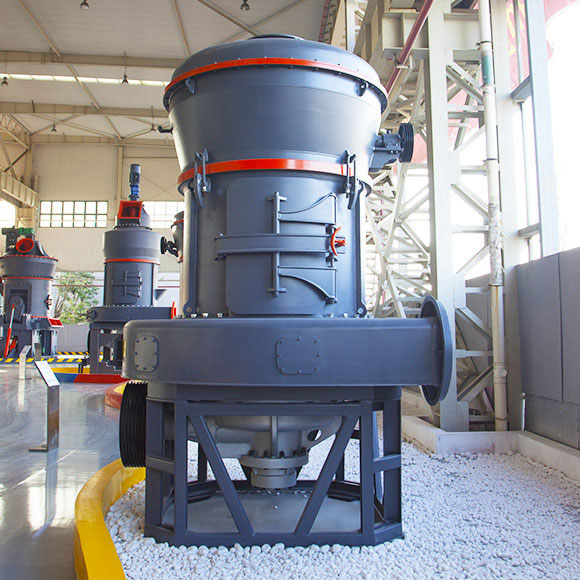Cement plants are industrial facilities that produce cement, a fundamental component in the construction industry. The process of making cement involves grinding raw materials, such as limestone, clay, and iron ore, into a fine powder, which is then heated at high temperatures in a kiln to produce clinker. The clinker is then ground with gypsum to produce cement. Grinding is an essential part of the cement production process, and grinders play a crucial role in this process.
Cement plants require grinders for various stages of the cement production process. The primary use of grinders in a cement plant is to grind raw materials into a fine powder, which is then used to make clinker. The raw materials are usually ground in a ball mill, which is a cylindrical shell rotating on a horizontal axis. The grinding media in the ball mill are usually steel balls, which are used to grind the raw materials into a fine powder.Another use of grinders in cement plants is in the grinding of clinker. Clinker is the product of the cement kiln process and is a hard, nodular material that is ground to a fine powder with gypsum to produce cement. The clinker is usually ground in a vertical roller mill, which is a large rotating cylinder containing grinding rollers. The grinding rollers roll over the clinker and crush it into a fine powder.

Grinders are also used in cement plants for the grinding of coal. Coal is used as a fuel in the cement kiln process, and it needs to be ground to a fine powder before it is fed into the kiln. The coal is usually ground in a vertical roller mill, which is similar to the mill used for grinding clinker.In addition to these primary uses, grinders are also used in cement plants for other applications. For example, grinders are used to grind cementitious materials, such as slag and fly ash, which are byproducts of other industrial processes. These materials are added to the cement during the grinding process to improve its properties.
The requirements for grinders in cement plants vary depending on the specific application. For example, the ball mill used for grinding raw materials needs to be large enough to accommodate the size of the raw materials being ground. The vertical roller mill used for grinding clinker needs to be capable of grinding a large amount of clinker to a fine powder. The grinder used for grinding coal needs to be able to grind a large amount of coal to a fine powder and be able to handle the high temperatures and pressures of the coal grinding process.
Other factors that need to be considered when selecting grinders for cement plants include the energy efficiency of the grinder, the reliability of the grinder, and the maintenance requirements of the grinder. Energy efficiency is an important consideration for cement plants, as they are large energy consumers. Reliable grinders are also essential, as downtime can result in significant losses for a cement plant. Finally, the maintenance requirements of the grinder need to be considered, as regular maintenance is essential to ensure the continued operation of the grinder.
